[Media Art Now] Song Ye-hwan asks, 'Whose world? How wide?'
By Korea HeraldPublished : Feb. 23, 2024 - 16:11

The term “World Wide Web,” simply “the web,” was first put to use in 1989, for a system of linked information accessed through the internet. Its earliest form, Web 1.0, was regarded as pages to read and end-users were just consumers. With Web 2.0, users became producers and the user-created content enabled the web to become a platform, accelerated by mobile devices and social media networks. The web has now been evolving into Web 3.0 -- decentralized, autonomous and intelligent with the development of AI, machine learning and blockchain technologies.
Back in the 1990s, there was a surge of experimental works of art whose medium was the very web. This was a watershed moment in the history of media art. More than 30 years on, it seems that a new generation of web art is coming to the fore again, stimulating enough to revisit the art history itself. Among its practitioners is the Korean-born, New York-based artist Yehwan Song (b.1995). She is a web designer and developer, and you might think that user-friendliness is crucial for her practice. No, she says.
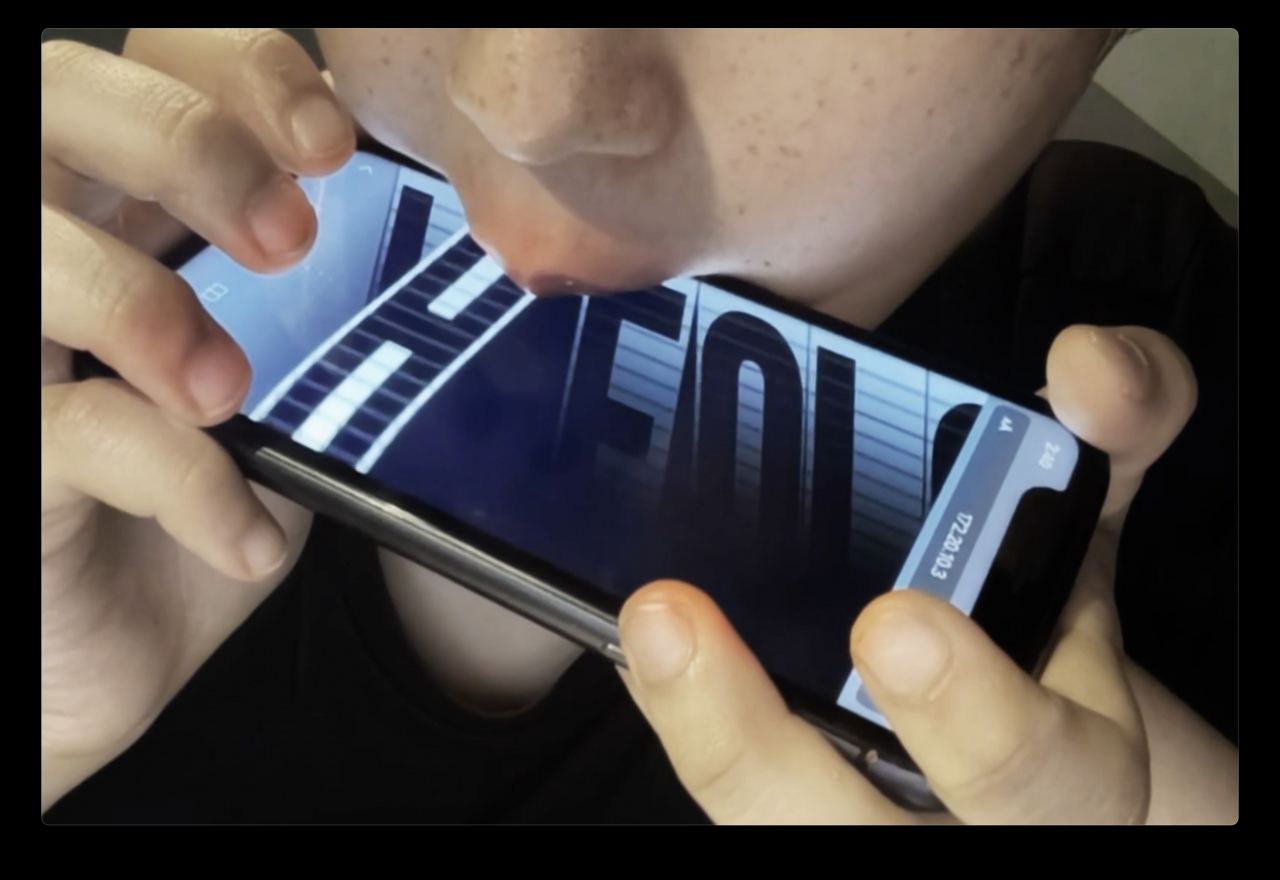
Song’s work takes the form of a website, but its user interface is far from being easy to use. In her “Anti-User-Friendly” projects, your actions of point and click, tap and touch, drag and drop, or scroll and swipe, activate what you would not expect. Her creative coding even transforms a smartphone into a device to blow as in a flute performance or to walk on with many fingers instead of two legs. She prompts users to deploy their bodies in an unconventional way to implement computer commands on the web.
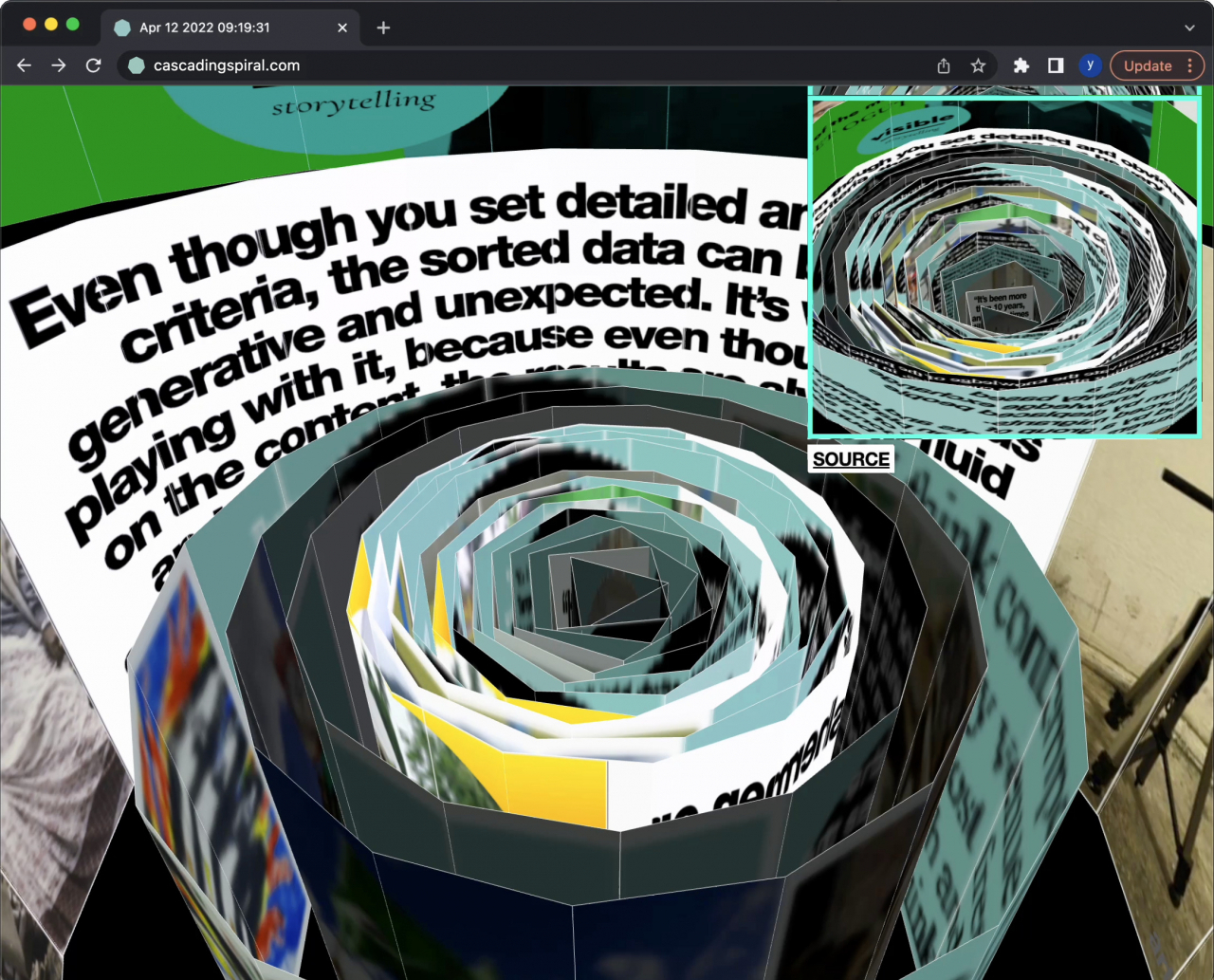
In another group of her works in the thematic thread “Narrative Architecture,” Song develops a website at the request of a commissioning party, but her graphic interfaces facilitate an unusual route of navigation in which a narrative keeps being woven together anew in the hands of users in architectural perception. This is shown in her biennale works: "Virtual School Tour" at the Korean Pavilion, Venice Biennale of Architecture (2021), "Cascading Spiral" at the Istanbul Biennial (2022), and "Newly Formed" at the Helsinki Biennial (2023).
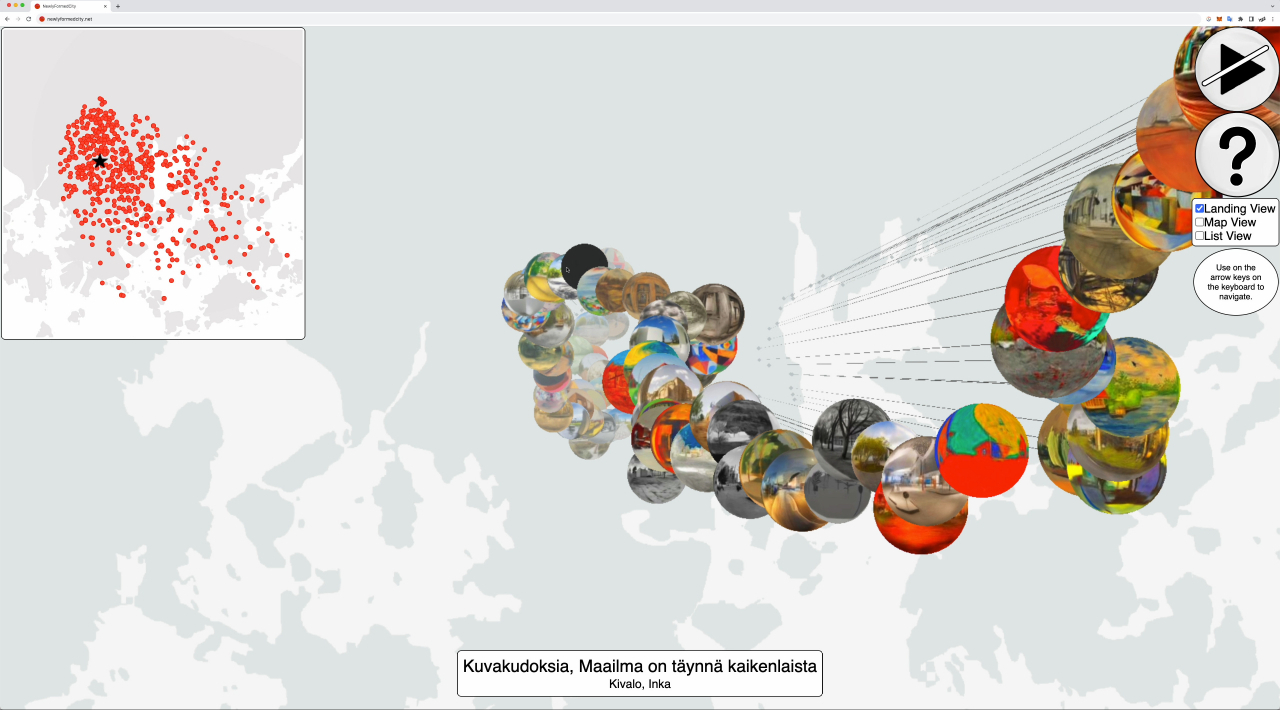
"Cascading Spiral" generated diverse connections and conversations among artists, works, participants and venues at the Istanbul Biennial. In the nexus of different potential stories under a metaphoric theme of “composting,” it refreshed itself daily for the biennale’s duration, its fertility growing like a living organism’s biochemical processes. This work was physically displayed in a console setup placed in the 15th-century building of a Turkish bath, and the site’s overwhelming atmosphere highlighted the web spatiality of "Cascading Spiral."
"Newly Formed," created in collaboration with the Digital Visual Studies project at the University of Zurich, is a city map combined with the collection of Helsinki Art Museum. A closer look, however, reveals that the panoramic image of each location is the city reimagined by AI based on artworks: artificial intelligence’s curating. Your interaction with the fictional mapping of works and places in array is less of exhibition-viewing and more of meaning-making on art and urban history altogether.
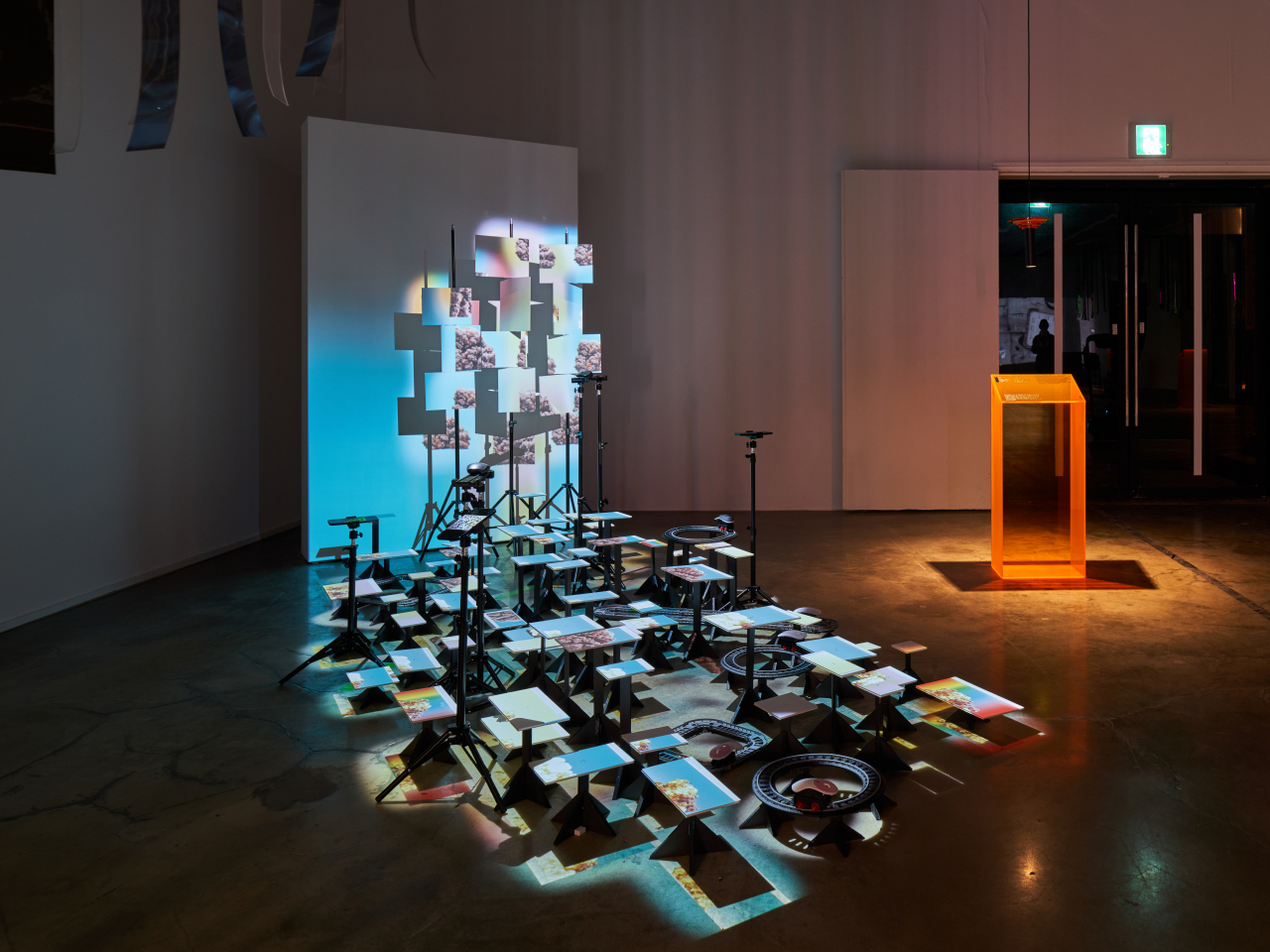
Song’s architectural approach to the web unsurprisingly turns out a physical installation. In "Woldeu Waideu" (2022), a title of Korean characters for “worldwide” written in a Romanization system, video projections on foam cardboard pieces visualize the variable conditions of the user’s web environment, such as screen size and resolution, device model, internet speed, etc. Mouses are turning round and round on circular tracks inserted throughout the installation, not really reaching out to one another. We might be under the illusion that the world is entirely connected.
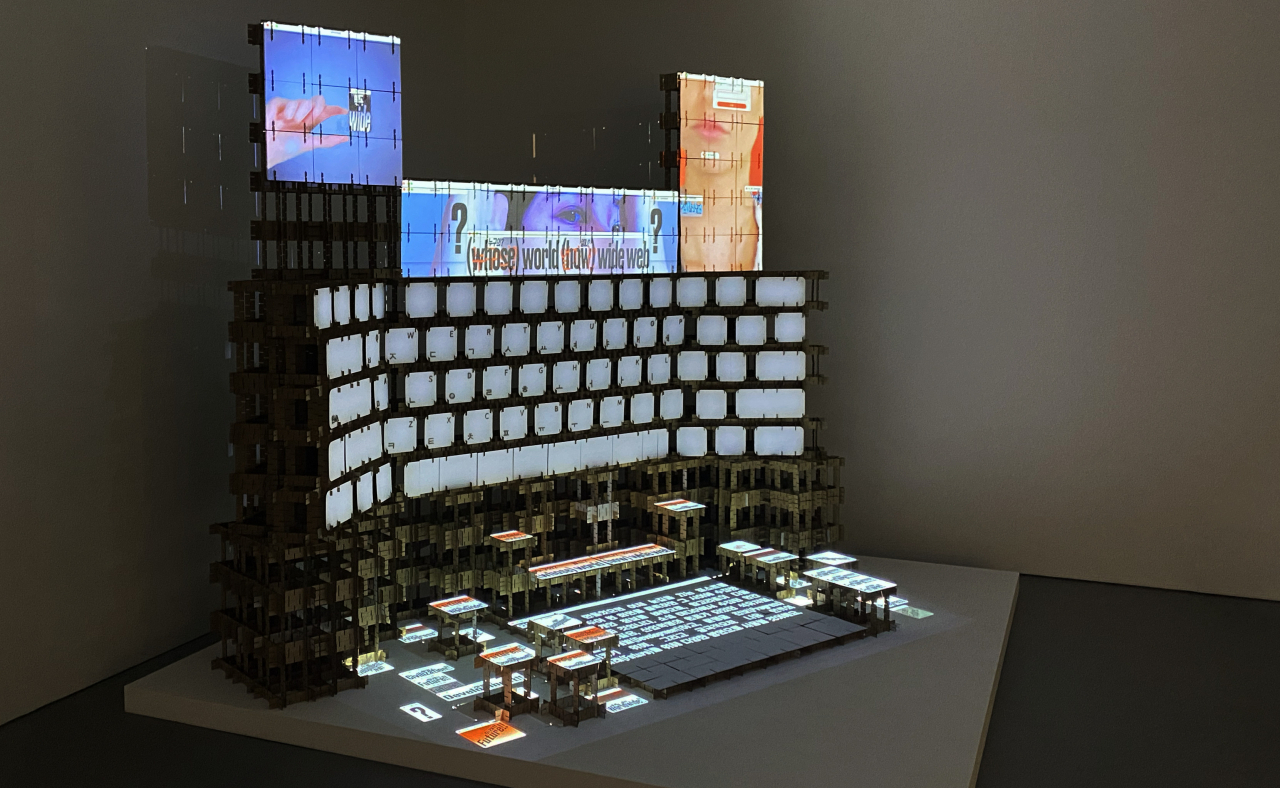
"(Whose) World (How) Wide Web" (2024), proclaims Song's critical awareness of the dominant power exerted on the web, in terms of language, algorithm, and infrastructure. She built a large lattice structure with square units of cardboard, and its middle embodies a keyboard, surrounded by monitors. On the screens, you can see her manifesto-like gesture and a satirical statement that asks “whose” world and “how” wide the web is. For her, the global expansion of web connectivity that big tech companies spearhead is no less hegemonic than the construction of railways by the British Empire in its colonies.
Song defamiliarizes the user experience, all too often generalized and standardized by layers, templates and modules that are mostly hidden away on the user’s end. Her tactile configuration brings out regional disparities and economic inequalities, prevalent over the web but perceptible only on an abstract level. Song's web-based works give you a tangible sense of what lies beneath and behind your screen.
-
Articles by Korea Herald



















![[Today’s K-pop] Treasure to publish magazine for debut anniversary](http://res.heraldm.com/phpwas/restmb_idxmake.php?idx=642&simg=/content/image/2024/07/26/20240726050551_0.jpg&u=)